October 13, 2015
Gateway cities spearheading a global commercial property revival 0
 Investment in commercial property is at its highest level worldwide since the 2008 downturn, according to a new report from Cushman & Wakefield. The firm’s annual Winning in Growth Cities report claims that global investment levels increased by 16 percent in the year to June 2015 to stand at US$942.8 billion. The report suggests that global volumes will rise 17 percent over the next twelve months to hit a new record high of $1.1 trillion. Growth will be led again by markets in North America and Europe with patchy levels of investment worldwide. This has already led to the world’s top 25 ‘gateway cities’ in terms of investment increase their market share from 51 percent to 53 percent with cities like New York remaining attractive locations for foreign investors.London was the second largest market overall but top for foreign investors, while Tokyo, Los Angeles and San Francisco made up the rest of the top five.
Investment in commercial property is at its highest level worldwide since the 2008 downturn, according to a new report from Cushman & Wakefield. The firm’s annual Winning in Growth Cities report claims that global investment levels increased by 16 percent in the year to June 2015 to stand at US$942.8 billion. The report suggests that global volumes will rise 17 percent over the next twelve months to hit a new record high of $1.1 trillion. Growth will be led again by markets in North America and Europe with patchy levels of investment worldwide. This has already led to the world’s top 25 ‘gateway cities’ in terms of investment increase their market share from 51 percent to 53 percent with cities like New York remaining attractive locations for foreign investors.London was the second largest market overall but top for foreign investors, while Tokyo, Los Angeles and San Francisco made up the rest of the top five.







 The commercial property markets in the world’s major cities are evolving against a backdrop of ongoing economic and political uncertainty, according to
The commercial property markets in the world’s major cities are evolving against a backdrop of ongoing economic and political uncertainty, according to 




 The recent growth in prime headline office rents has continued across the UK’s regional
The recent growth in prime headline office rents has continued across the UK’s regional 

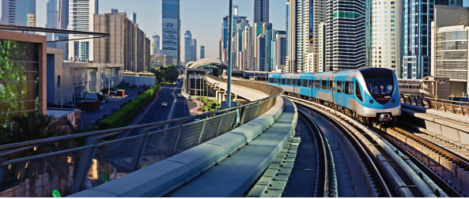
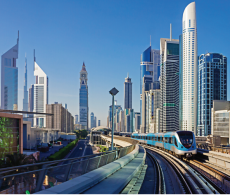 Newly published research
Newly published research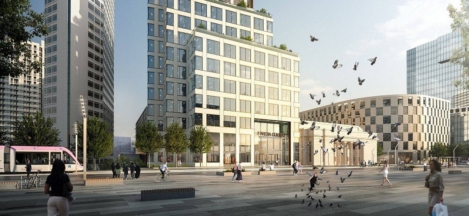
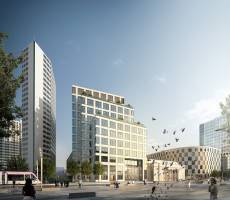



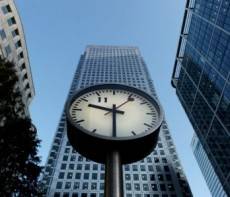










July 9, 2015
London transport shuts down ….. agile workers unaffected …..
by Paul Carder • Cities, Comment, Flexible working, Wellbeing
(more…)